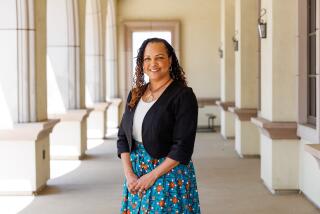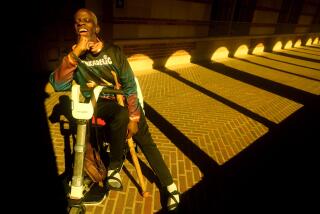Special Education Class an Inclusive Success
I read âSpecial Ed Joins the Mainstreamâ (Oct. 25) with great interest because I asked that my children, who have no disabilities, be placed in the inclusion class at their school, as did many other parents. Why? Because a well-run inclusion class can be a great experience for any student. Their class was a multi-age, K-1 double class of 40 children who shared two rooms. The staff included a first-grade teacher, a kindergarten teacher, a special education teacher and a highly skilled instructional aide. Thatâs right, a ratio of one teacher for every 10 students. Yes, in public school. Every teacher worked with all the students. Plus, several parents volunteered in the class every day. It was a wonderful experience.
With their special education emphasis, the teachers were able to offer flexible education tailored not only for the children who learned more slowly than average, but also for the students who learned more quickly. As an added benefit, my children did not think of the âspecialâ students as special -- they were just other students in the class. When teachers truly embrace the idea of inclusion, it is a wonderful model.
Gina Frierman-Hunt
Sierra Madre
*
Your article on the problems San Franciscoâs school district is having in its attempt to âmainstreamâ all special education students illustrates why federal and state law require that a full continuum of services be available for these students. Forcing students who require greater services than are available or possible in normal classrooms to attend general campuses so that they can observe normal kids compromises the education of both the severely disabled and the normal students whose valuable classroom time is already stretched thin.
The zealous advocates of mainstreaming attempted to violate these laws and eliminate the LAUSDâs special education centers under the mantra of âdesegregation.â This obvious bigotry of the proponents of mainstreaming was thwarted by a coalition of parents, educators and district officials who demanded that the special education centers remain open to those most in need.
For at least the near future, the most-disabled students, including my 16-year-old daughter, will continue to have access to well-equipped and well-designed educational services that will give them the best chance to succeed in life.
Eric Jacobson
Los Angeles
More to Read
Sign up for Essential California
The most important California stories and recommendations in your inbox every morning.
You may occasionally receive promotional content from the Los Angeles Times.










